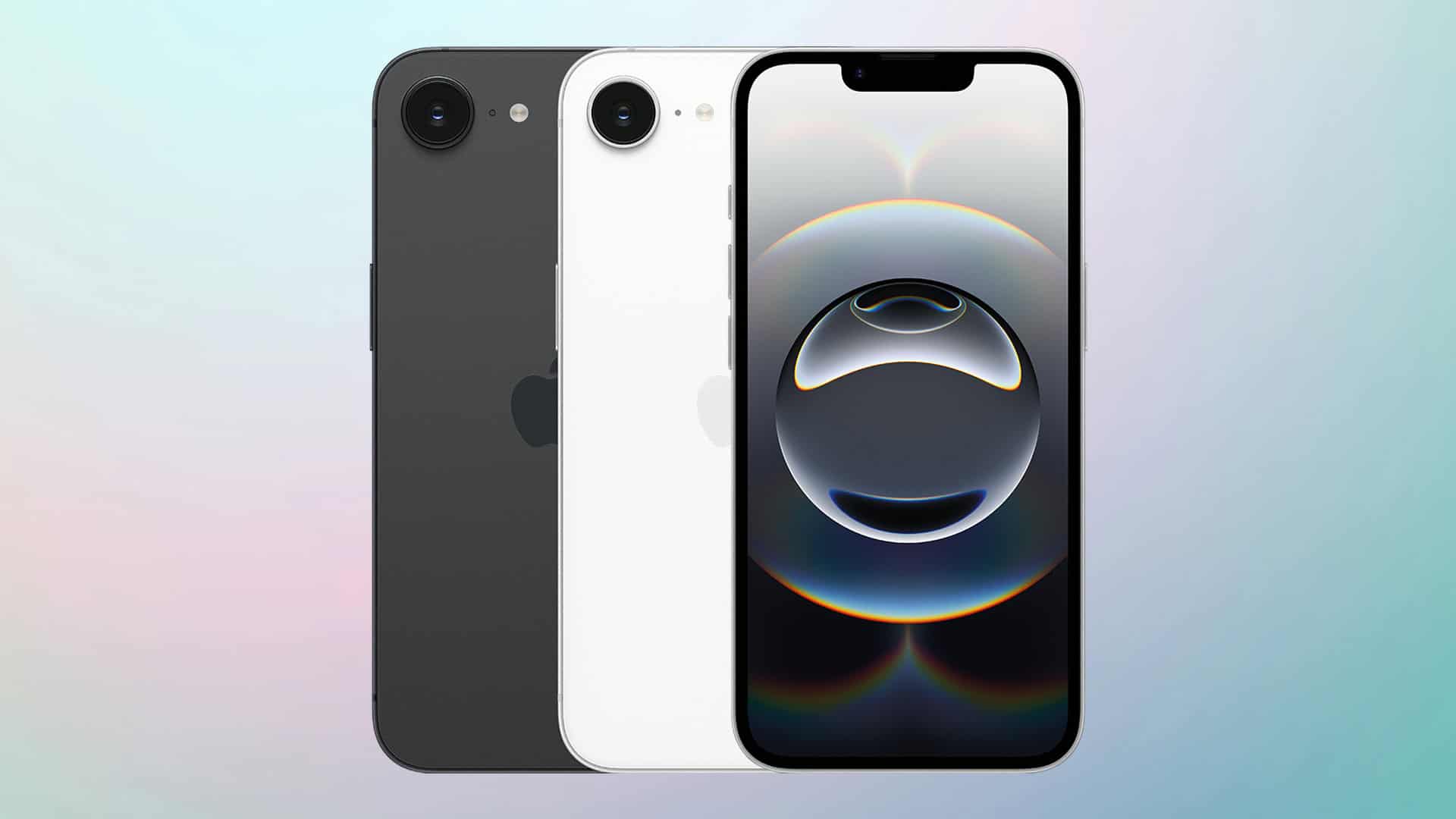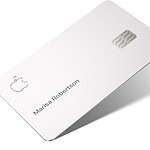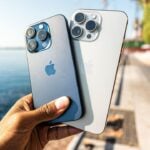Launch Recap
Apple unveiled the iPhone 16e on February 19 , 2025 and put it on store shelves nine days later. The phone replaces the aging iPhone SE line and moves Apple’s “entry” option into the same all-screen, Face ID era as its flagship siblings.
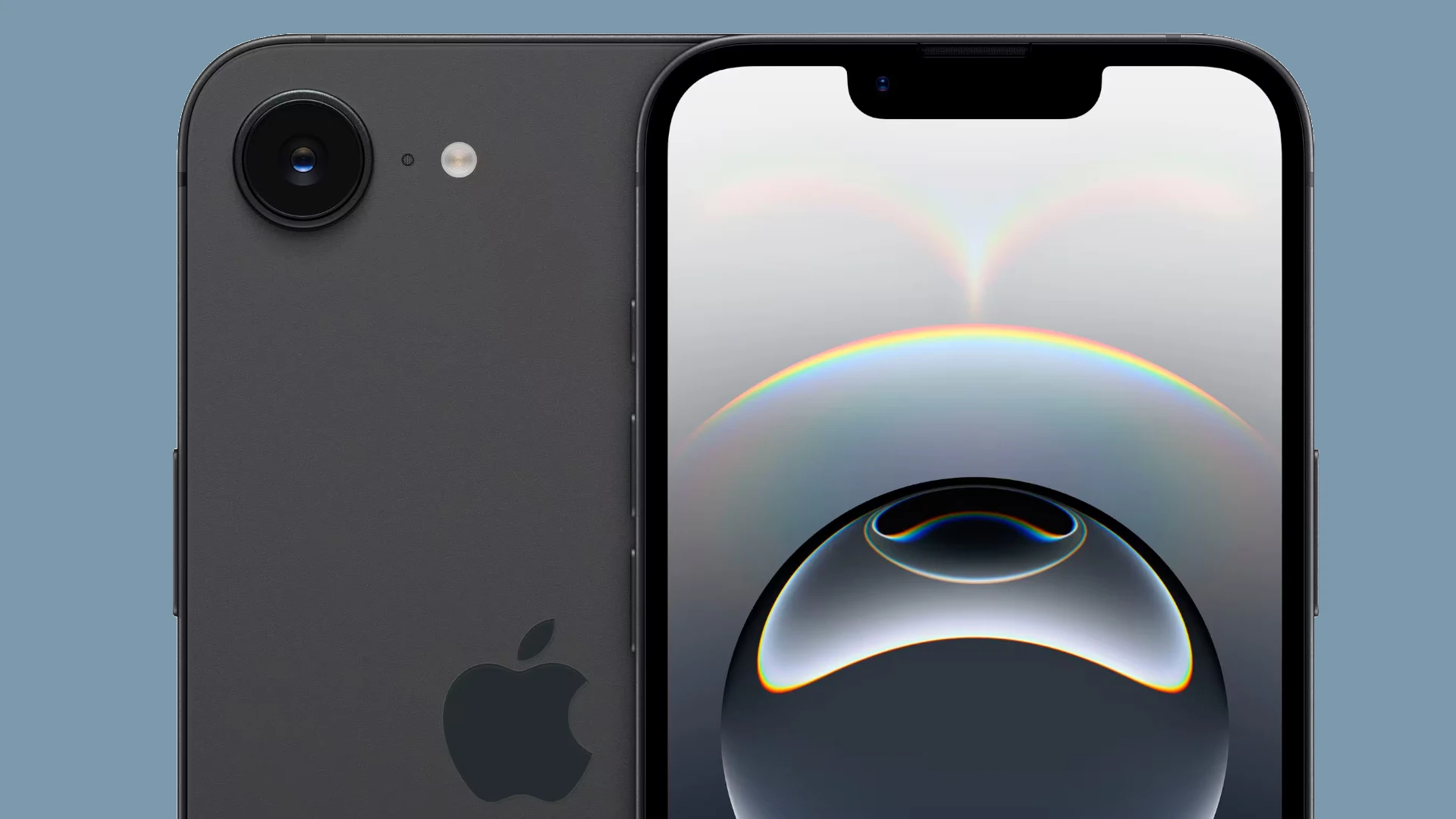
Hardware at a Glance
| Spec | iPhone 16e |
|---|---|
| Display | 6.1-in Super Retina XDR OLED, 2532 × 1170, 1200 nits HDR peak, Ceramic Shield |
| SoC | A18 (6-core CPU • 4-core GPU • 16-core Neural Engine, ~38 TOPS) |
| RAM / Storage | 6 GB RAM • 128 GB / 256 GB / 512 GB NVMe |
| Modem | Apple C1 5G (sub-6 GHz) • Wi-Fi 6E • Bluetooth 5.4 |
| Cameras | Rear: 48 MP ƒ/1.6 (sensor-shift OIS, 2× in-sensor zoom) • Front: 12 MP ƒ/1.9 AF |
| Battery | ~3,600 mAh • up to 26 h video / 90 h audio • 20 W USB-C PD fast charge |
| Extras | Action button • USB-C (USB 2) • Face ID • IP68 (6 m / 30 min) • emergency satellite SOS |
| Colors | Midnight Black, Starlight White |
| MSRP | $599 (128 GB) • $699 (256 GB) • $849 (512 GB) |
What’s New—and What Matters
- All-Screen Design: Goodbye home button, hello slim-bezel OLED. It isn’t 120 Hz, but contrast and HDR pop far beyond the older SE’s LCD.
- A18 Power: The same silicon that drives the regular iPhone 16 means flagship-class CPU speed in a budget enclosure. Everyday tasks sail, and the Neural Engine leaves enough headroom for on-device AI.
- C1 Modem Efficiency: Apple’s first in-house 5G modem cuts power draw by roughly 20 percent versus Qualcomm parts, translating into longer battery life and cooler pockets.
- Action Button: A long-press shortcut once exclusive to the Pro line arrives here—great for launching voice memos, camera, or accessibility tools.
- Apple Intelligence Ready: When iOS 19 lands this fall, the 16e will run Apple’s new on-device AI suite: text summarization in Mail and Messages, Genmoji creation, Image Playground edits, and a context-aware Siri. (Parental controls can disable these features via Screen Time.)
- Camera Leap: A single 48 MP sensor seems modest on paper, yet oversampling nets sharper 12 MP photos while an in-sensor 2× crop acts like an optical zoom. Night mode and Smart HDR deliver dramatic gains over the SE’s 12 MP shooter.
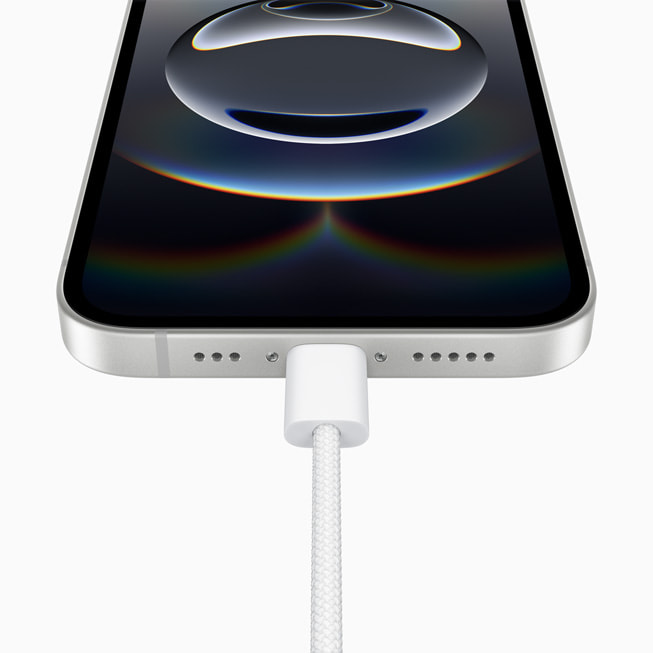
What You Don’t Get
- Dynamic Island & High-Refresh Display: Reserved for the pricier iPhone 16 and Pros.
- MagSafe: Qi2 wireless charging works, but magnets for wallets or stands are absent.
- Ultra-Wide / Telephoto Lens: You’ll need a Pro model if lens variety is a priority.
- mmWave 5G: Most U.S. carriers now lean on mid-band anyway, so sub-6 GHz support is fine outside a few dense city blocks.
Real-World Performance & Battery Life
Benchmarks place the 16e a hair behind the A18-powered iPhone 16 due to 6 GB RAM vs. 8 GB, yet it outpaces the A17 Pro-equipped iPhone 15 Pro in single-core tests. Battery endurance rivals the 15 Plus: roughly a day and a half of normal use or a full transcontinental flight of streamed video with room to spare.
Current Deals (June 29 , 2025)
- Boost Mobile: $99 when you activate a $60/mo unlimited line (12-month lock, 50 GB premium data).
- Metro by T-Mobile: $149 with port-in and $65/mo plan, plus a $100 trade-in credit for any working smartphone.
- Apple Trade-In: Up to $180 credit for an iPhone 12 or $260 for a 13 mini toward full retail pricing.
How It Stacks Up
- Versus iPhone 15 Pro: For roughly the same street price, the 15 Pro gives you stainless steel, ProMotion, MagSafe, and triple-camera versatility—but you lose Apple Intelligence support and the longer battery life.
- Versus Android Rivals: Google’s Pixel 9a matches the 16e’s OLED quality and undercuts it by $50 while offering an ultrawide lens, but Tensor G4 falls short on raw speed and long-term frame pacing in games. OnePlus 13R brings a 120 Hz OLED and 5,500 mAh cell for $499, though camera quality and IP rating lag behind.
Is the iPhone 16e Right for You?
Buy it if you’re coming from an iPhone 11 or any Home-button SE and want modern amenities—OLED, 5G, Apple Intelligence—without crossing four-figure territory. Skip it if MagSafe accessories, ProMotion screens, or multi-lens photography define your daily workflow; the discounted iPhone 15 Pro or the standard iPhone 16 may suit you better.
As entry-level iPhones go, the 16e finally feels less like a concession and more like a distilled flagship. Pair a sub-$150 carrier promo with that A18 horsepower and you have one of 2025’s standout value phones—provided you can live without Dynamic Island and MagSafe.
iPhone SE4 to iPhone 16e
The iPhone SE series has long been Apple’s answer to consumers who want core iPhone features at a more accessible price. But in a surprising shift, Apple opted *not* to release a fourth-generation iPhone SE in 2025. Instead, the company introduced the iPhone 16e—a new budget-friendly model that effectively replaces the SE line while aligning more closely with Apple’s modern design language and ecosystem strategy.
The arrival of the iPhone 16e marks a strategic pivot for Apple. It inherits many of the rumored SE4 features, including a larger OLED display, Face ID, and USB-C connectivity, while dropping the outdated design of the SE 3 entirely. This move signals Apple’s departure from the Home Button era, even in its most affordable offerings.
Rather than continuing with the SE branding, the 16e integrates more naturally into the broader iPhone 16 lineup, offering a stripped-down yet modern iPhone at a more competitive price point—one that appeals to both new buyers and budget-conscious upgraders.
Key Takeaways
- The iPhone SE 4 was scrapped in favor of the new iPhone 16e
- The iPhone 16e offers a modern design, Face ID, and USB-C at a lower price
- This marks the end of the SE line and a new strategy for Apple’s budget-tier phones
Product Overview
The iPhone 16e is Apple’s newest affordable model, blending flagship-like features with a lower price. It offers a familiar iPhone 16-style design, solid performance, and future-proof features while staying within reach of a wider audience.
Design and Display
The iPhone 16e features a 6.1-inch OLED display, abandoning the LCD panels of older SE models. It mirrors the flat-edge design of modern iPhones and includes a notch for Face ID, bringing Apple’s budget offering up to speed with its flagship lineup. There is no Home Button, marking the official end of that era for Apple’s phone lineup.
Performance and Hardware
Equipped with the A16 Bionic chip, the same processor found in the iPhone 14 Pro, the 16e offers flagship-level performance for everyday tasks and gaming. It supports 5G connectivity and utilizes a USB-C port, complying with EU regulations and standardizing Apple’s charging ecosystem.
Camera and Battery
The iPhone 16e includes a single 48MP rear camera with advanced computational photography features like Smart HDR and Night Mode. Battery life is improved over previous SE models, thanks to a physically larger battery and the power efficiency of the A16 chip.
Connectivity and Security
With support for Sub-6GHz 5G, Wi-Fi 6, and Face ID facial recognition, the 16e meets modern standards for connectivity and security. While there’s no Action Button, the addition of Dynamic Island remains exclusive to the Pro models.
Price and Availability
The iPhone 16e starts at $599, positioning it below the standard iPhone 16 while offering significantly more than the SE 3 ever did. It launched in spring 2025, available in multiple colors including Midnight, Starlight, and a new Coral variant.
Market Positioning
The iPhone 16e reshapes Apple’s budget segment by removing legacy design elements and focusing on long-term viability. It bridges the gap between affordability and future readiness, directly targeting Android mid-rangers like the Pixel 8a and Samsung Galaxy A55.
Comparisons With Other Models
Compared to the older iPhone SE 3, the 16e is a complete redesign. It’s closer in appearance to the iPhone 13 and performance-wise mirrors the iPhone 14 Pro. With fewer compromises, it becomes a more attractive upgrade path than keeping legacy models in circulation.
Target Audience and Expectations
The iPhone 16e is aimed at price-sensitive consumers who still want access to the Apple ecosystem without settling for outdated hardware. Students, first-time iPhone buyers, and users upgrading from much older models are key targets for this release.
Implications for Apple’s Lineup
Replacing the SE line with the 16e brings Apple’s entire iPhone range into a consistent design philosophy. It simplifies support and software updates while delivering better value. The move also helps Apple defend its lower-tier market from rising competition in the Android space.
Industry Trends and Regulations
The iPhone 16e reflects broader trends in smartphone design: no Home Button, larger OLED displays, and USB-C ports. Its release aligns with regulatory pressure in Europe and growing consumer expectations for affordable phones that don’t feel like budget compromises.
Projected Sales and Market Impact
Early projections suggest strong demand for the iPhone 16e, particularly during back-to-school and holiday sales cycles. By replacing the SE with a device that looks and feels premium, Apple is expected to drive upgrades from older iPhones and attract Android switchers.

